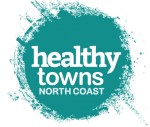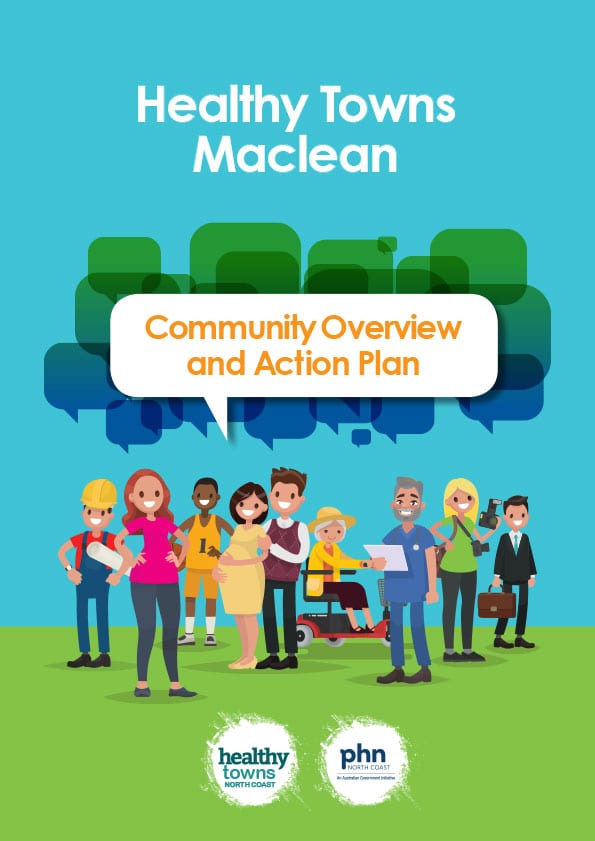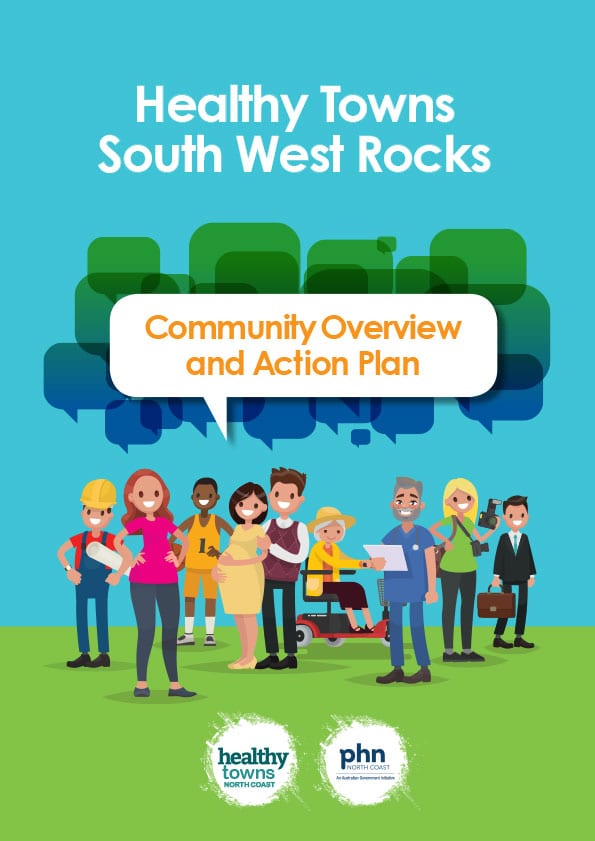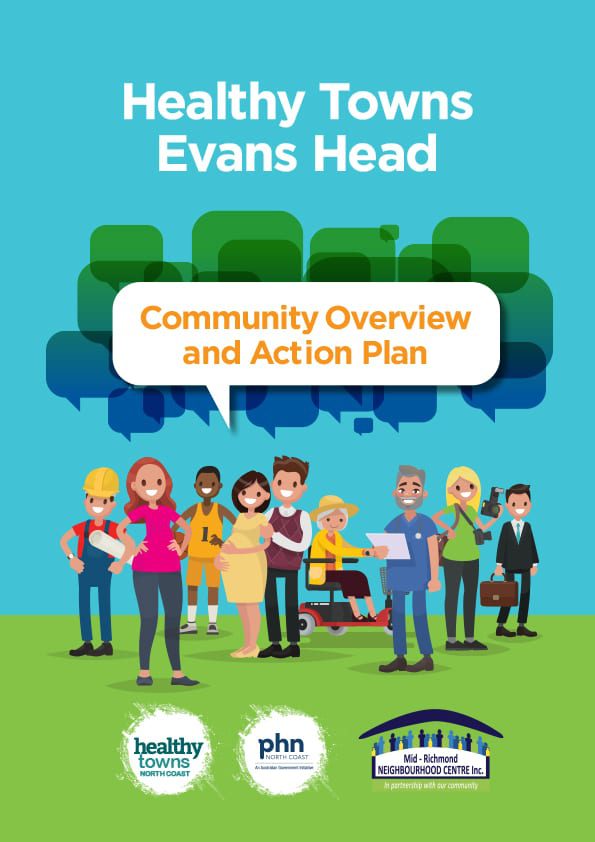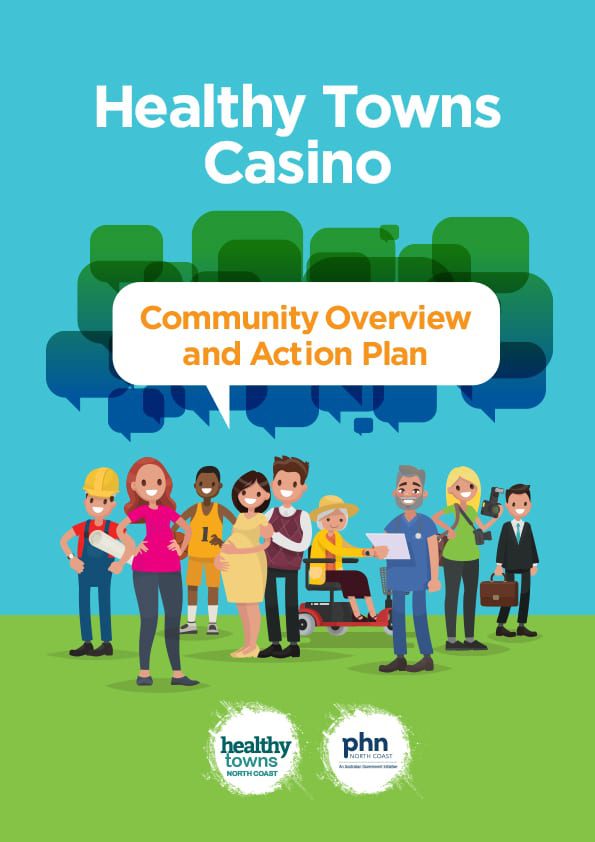
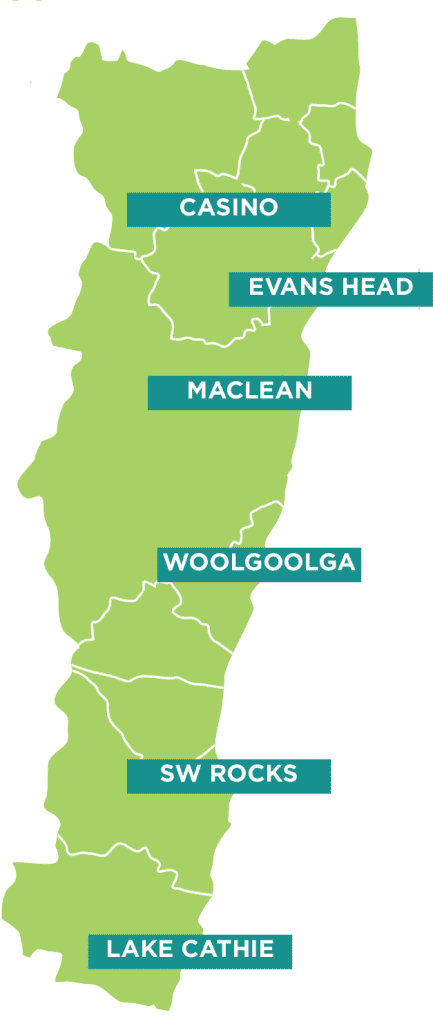
For all enquiries relating to the Healthy Towns program please contact Sarah Robin, Director – Healthy Communities:
(02) 6618 5446
0405 224 885
[email protected]
Healthy Towns Enquiries
About Healthy Towns
Healthy Towns works in partnership with North Coast communities to design local initiatives to improve health and wellbeing. Our goals are to:
Social connection is as important for health as exercise or eating well. The process of Healthy Towns builds connections by bringing people together to design local solutions to local issues. The initiatives we implement will also focus on building connections to support health and wellbeing.
Integrated and coordinated services contribute to improved health outcomes and community wellbeing. Healthy Towns will support initiatives that strengthen integration to meet the needs of local communities.
Healthy Towns will address service gaps to improve local access to health services.
Healthy Towns is working in six communities:
Casino, Evans Head, Lake Cathie, Maclean, South West Rocks and Woolgoolga.
